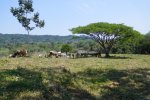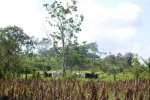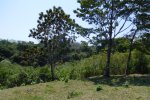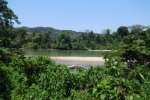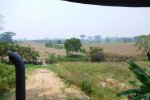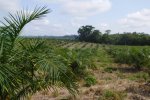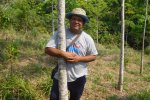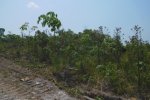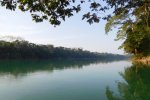
Project
Human Ecology of Forest Frontiers in a Mexican Rainforest
The Lacandona Rainforest, southern Mexico, is the largest remaining tropical rainforest in North America, a priority area for conservation and a deforestation hotspot. The region known as Marqués de Comillas located in the southern portion of the Lacandona Rainforest bordering Guatemala, was densely covered by forest and inhabited in low densities mainly by the Lacandón indigenous group. Nevertheless, colonization started in the 1970s, leading to a rapid forest conversion to mainly agriculture and cattle-ranching, giving way to the highly complex agro-forest frontier region it is today. The Marqués de Comillas region provides a living-laboratory for doing human-environment relations research given its recent history of settlement and landscape transformation.
The aim of this research is to assess the social-ecological factors that have shaped land-use change (historically) and smallholder land-use decisions (currently) in two neighboring villages in the Marqués de Comillas agro-forest frontier region. I work on two contrasting villages that represent the current situation of the MdC landscape: Loma, where the predominant land-uses are pastures and agriculture with little forest, and Chajul, where there are large patches of forest combined with other land-uses.
This research addresses the following general research questions: 1) what have been the historical social-ecological processes that have changed the original forested landscape in the study area, and which land-use types have emerged through time as a result?; 2) which local-household, regional-biophysical and national-institutional variables drive land-use decisions at the farm level in each village?; and 3) how do smallholder perceptions about what is most valued in their daily lives influence their land-use decisions?
To address these questions this project is grounded on an empirical comparative case study. The research design is based on a mix-methods approach that consists on gathering data from a variety of sources and using a variety of methods. My mixed-methods will include qualitative methods such as ethnographic work, oral histories, semi-structured interviews, farm visits, Photovoice method, among others; and quantitative methods such as land-use change analysis using remote sensing, soils data and statistical modelling.
